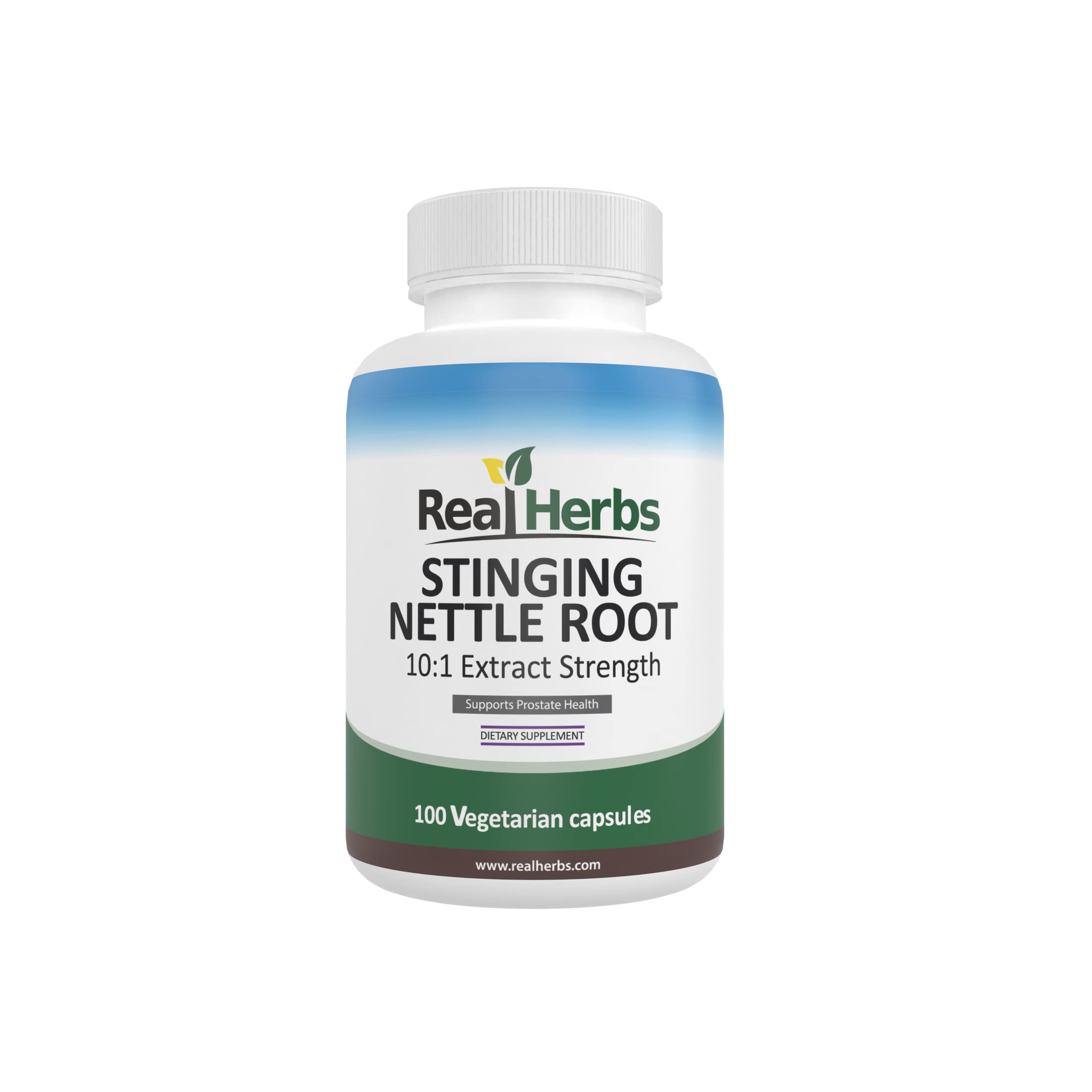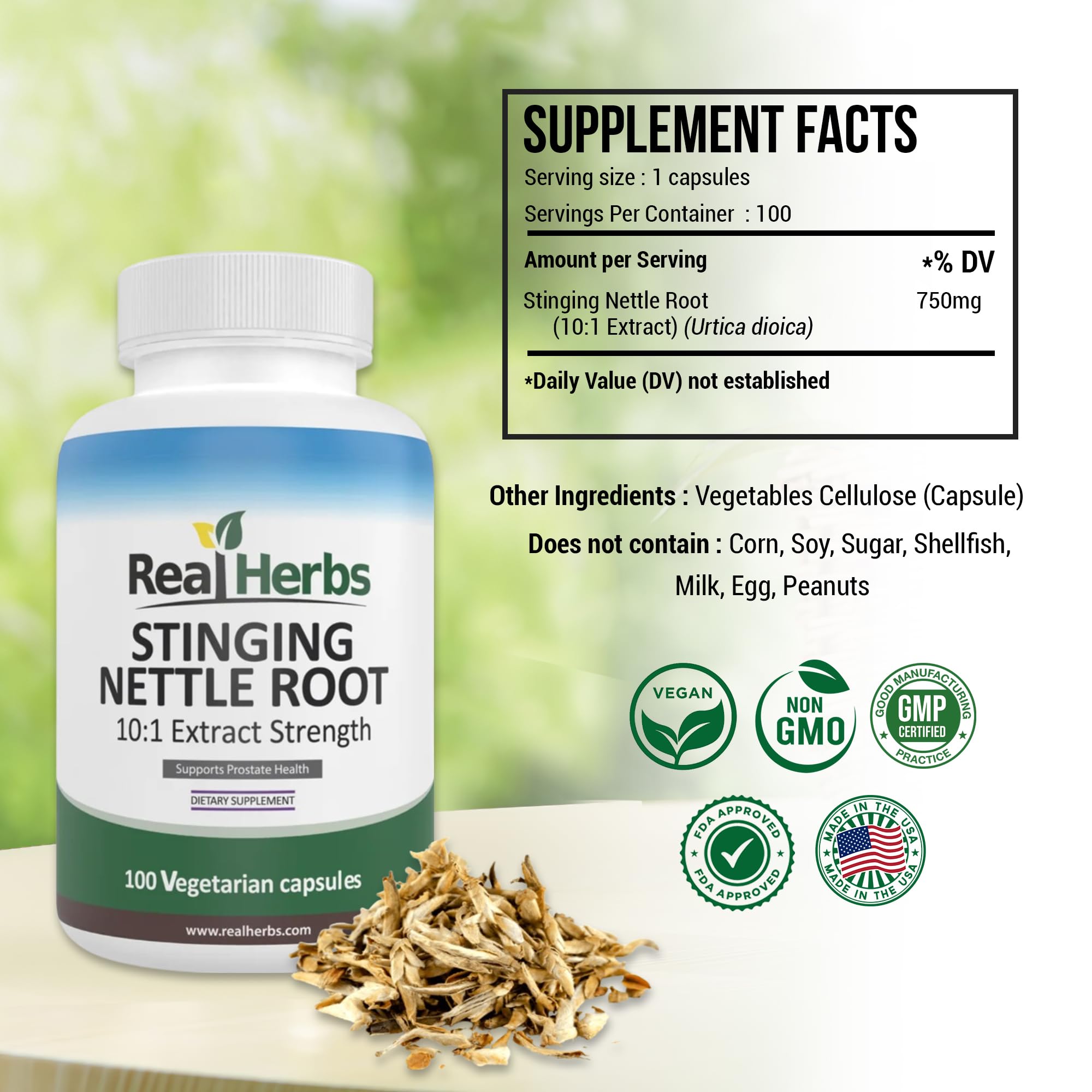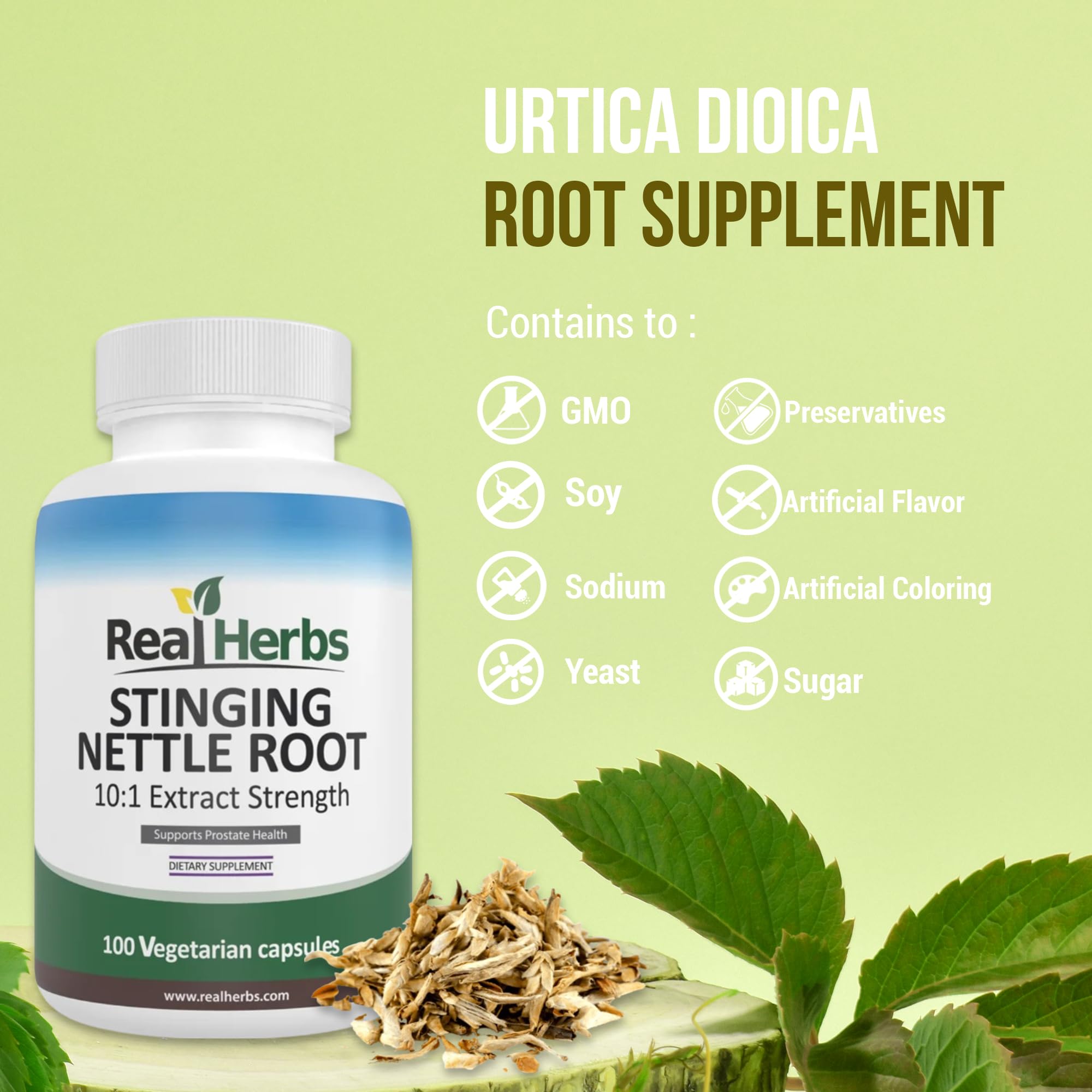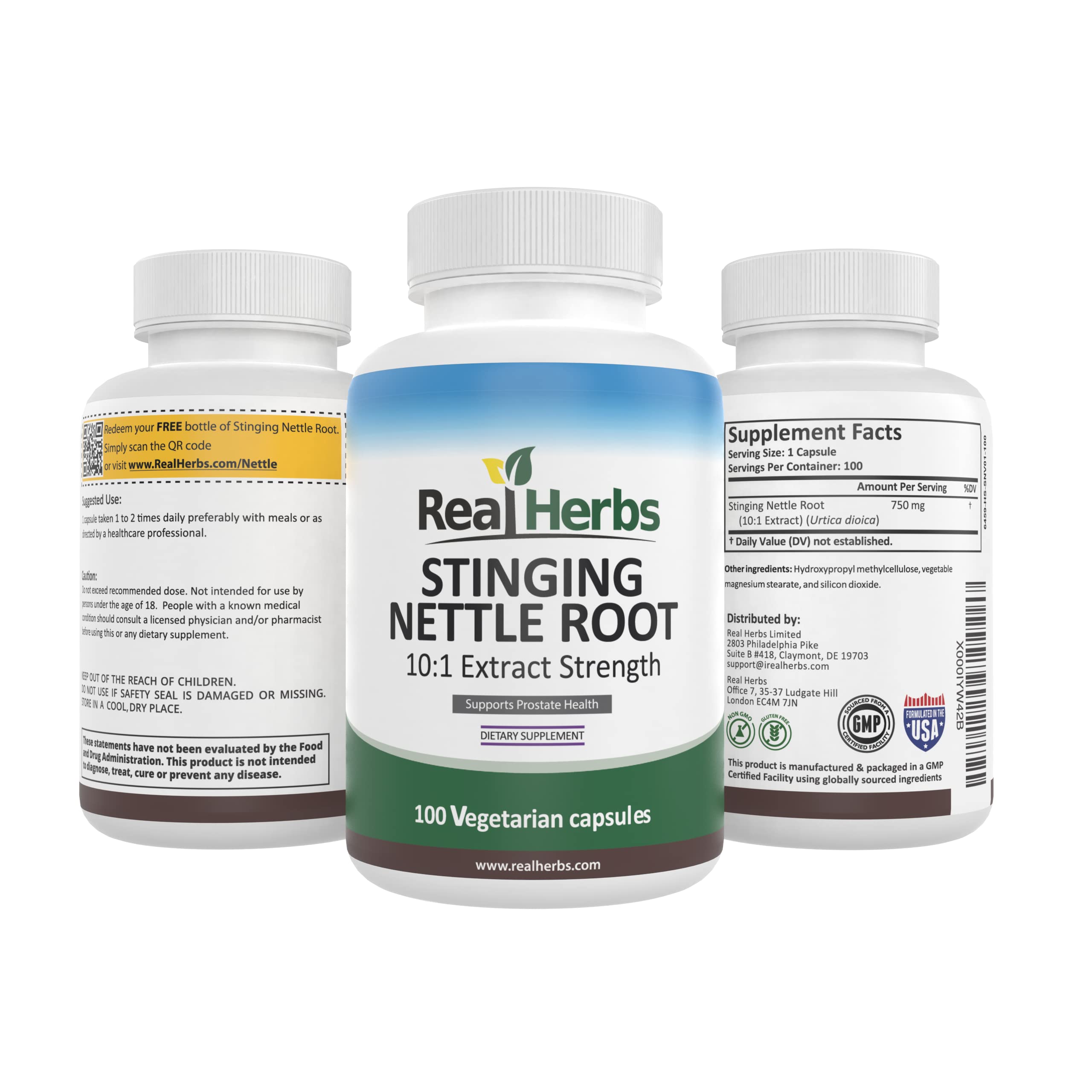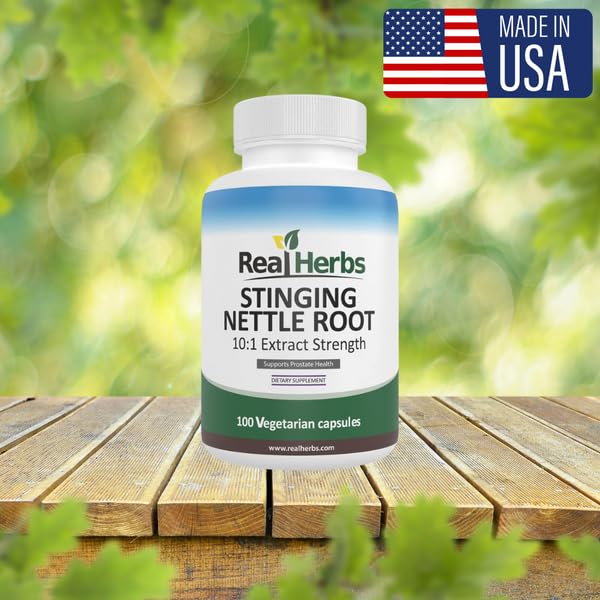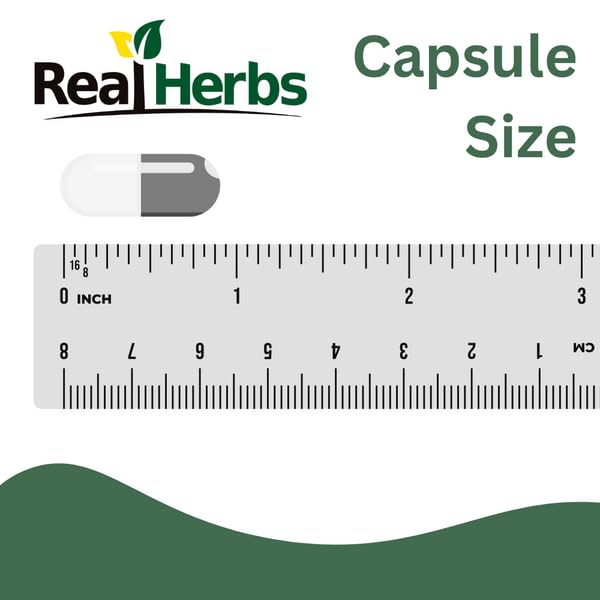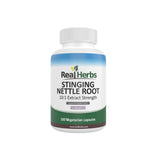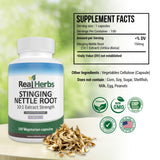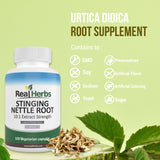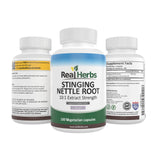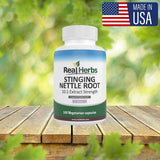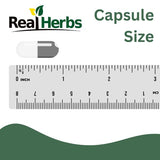Stinging Nettle Root: The Herbal Detox You Need
In the realm of herbal remedies, stinging nettle root stands as a powerful yet often overlooked champion. This prickly plant, known for its stinging leaves, has a rich history in traditional herbal medicine. Beyond its notorious sting, it possesses an array of health benefits, with detoxification being one of its noteworthy attributes. In this article, we will explore the wonders of stinging nettle root and why it could be the herbal detox solution you've been seeking.
Stinging nettle (Urtica dioica), often found in Europe, Asia, and North America, is a perennial plant with serrated leaves and tiny, hair-like structures that release irritating chemicals upon contact with the skin. Despite this prickly exterior, nettle has been used for centuries for its medicinal properties.
Throughout history, stinging nettle has earned its place as a versatile herbal remedy. Its use can be traced back to ancient times, with references in traditional medicine systems such as Ayurveda and Traditional Chinese Medicine. Indigenous peoples in various regions have also incorporated nettle into their healing practices.
The plant's versatility led to its use in numerous applications. Nettle was consumed as a nutritious food source, utilized for making textiles and paper, and most importantly, employed as a medicinal herb.
Botanical Characteristics
Stinging nettle is characterized by its:
-
Stinging Hairs: The stinging sensation occurs due to tiny, hair-like structures on the plant's leaves and stems. These hairs inject histamines and other irritating chemicals when they come into contact with the skin.
-
Heart-shaped Leaves: Nettle leaves are typically heart-shaped and serrated.
-
Greenish Flowers: In late spring to early summer, nettle produces clusters of small, greenish flowers.
-
Roots: It's the roots of the stinging nettle that hold the key to its detoxifying potential, which we will delve into shortly.
Health Benefits
Anti-Inflammatory Effects
One of the primary attributes that make stinging nettle root an attractive herbal detox option is its anti-inflammatory properties. Inflammation is a natural response by the body to injury or infection, but chronic inflammation is associated with various health issues, including autoimmune disorders and chronic diseases.
Stinging nettle contains compounds that may help modulate the body's inflammatory response. This makes it a valuable addition to a detox regimen, as reducing inflammation can aid in the body's natural healing processes.
Antioxidant Properties
Nettle is also rich in antioxidants, compounds that protect the body from oxidative stress and damage caused by free radicals. Oxidative stress can contribute to various health problems, including aging and chronic diseases.
The antioxidants in stinging nettle root help neutralize free radicals, making it an essential component of any detox plan aimed at promoting overall health and longevity.
In the next sections of this article, we will explore how stinging nettle root works to detoxify the body, recommended dosages, scientific evidence supporting its detoxifying properties, and safety considerations. Whether you're looking to embark on a detox journey or simply curious about the potential of herbal remedies, stinging nettle root might hold the answers you seek.
How Stinging Nettle Works
Understanding how stinging nettle root interacts with the body is essential for appreciating its detoxifying potential. This remarkable herb primarily exerts its effects through the following mechanisms:
1. Modulating Inflammation
Stinging nettle root contains bioactive compounds that can inhibit the release of pro-inflammatory cytokines, helping to reduce inflammation. By doing so, it aids the body in calming the chronic inflammation associated with various health conditions.
2. Supporting the Liver and Kidneys
The liver and kidneys are vital organs in the body's natural detoxification processes. Stinging nettle root is believed to support these organs in effectively filtering and eliminating toxins from the body. This support can help enhance the body's natural detoxification capabilities.
3. Allergy Relief
In addition to its detoxifying properties, stinging nettle root has shown promise in alleviating allergy symptoms. By acting as a natural antihistamine, it can reduce the severity of allergic reactions, providing relief to those suffering from seasonal allergies.
Dosage and Preparation
When incorporating stinging nettle root into your detox plan, it's essential to be mindful of the appropriate dosage and preparation methods. Nettle root can be found in various forms, including capsules, teas, and tinctures. Here's a general guideline for each:
Capsules:
- A typical dosage ranges from 300 to 500 milligrams per capsule.
- It's advisable to follow the manufacturer's recommendations on the product label or consult a healthcare professional for personalized guidance.
Teas:
- Nettle root can be used to make teas by steeping dried or fresh nettle root in hot water.
- A common recommendation is to use 1 to 2 teaspoons of dried root per cup of boiling water, steep for 10-15 minutes, and drink up to three times a day.
Tinctures:
- Nettle root tinctures are available in various concentrations.
- Generally, a few drops (usually 10-20 drops) can be taken in water or juice, up to three times daily.
Alternative Detox Methods
While stinging nettle root is a compelling choice for herbal detoxification, there are several alternative methods to consider:
Herbal Detox Blends:
- Many herbal blends are available that combine stinging nettle root with other detoxifying herbs like dandelion, milk thistle, and burdock root. These blends can provide a broader spectrum of benefits.
Dietary Detox:
- A whole-food-based detox diet rich in fruits, vegetables, and fiber can support your body's natural detoxification processes.
Fasting or Intermittent Fasting:
- Periodic fasting, under the guidance of a healthcare professional, can help the body reset and detoxify.
Hydration:
- Drinking plenty of water and herbal teas can assist the body in flushing out toxins.
Exercise:
- Regular physical activity can promote detoxification by increasing circulation and supporting the lymphatic system.
Conclusion
Stinging nettle root, with its rich historical use and emerging scientific support, holds tremendous promise as a herbal detoxification aid. Whether you're seeking relief from chronic inflammation, support for your liver and kidneys, or a natural solution for allergies, stinging nettle root might be the missing piece in your wellness puzzle. However, it's crucial to approach herbal remedies with care and consideration. Always consult with a healthcare professional or herbalist before adding stinging nettle root to your health regimen, especially if you have underlying health conditions or are taking medications.

